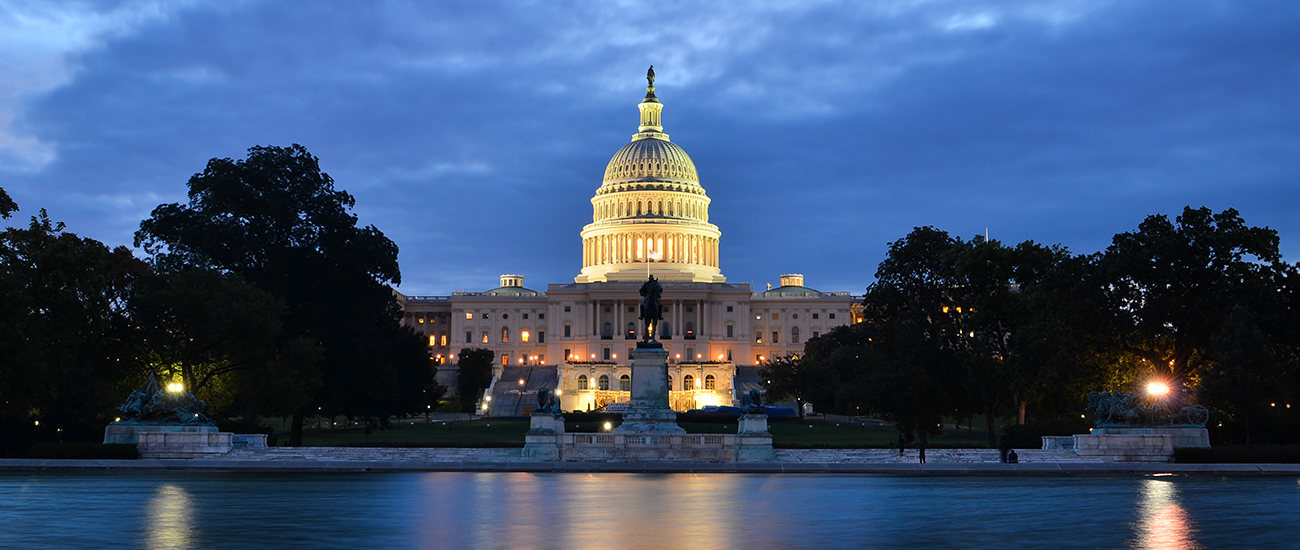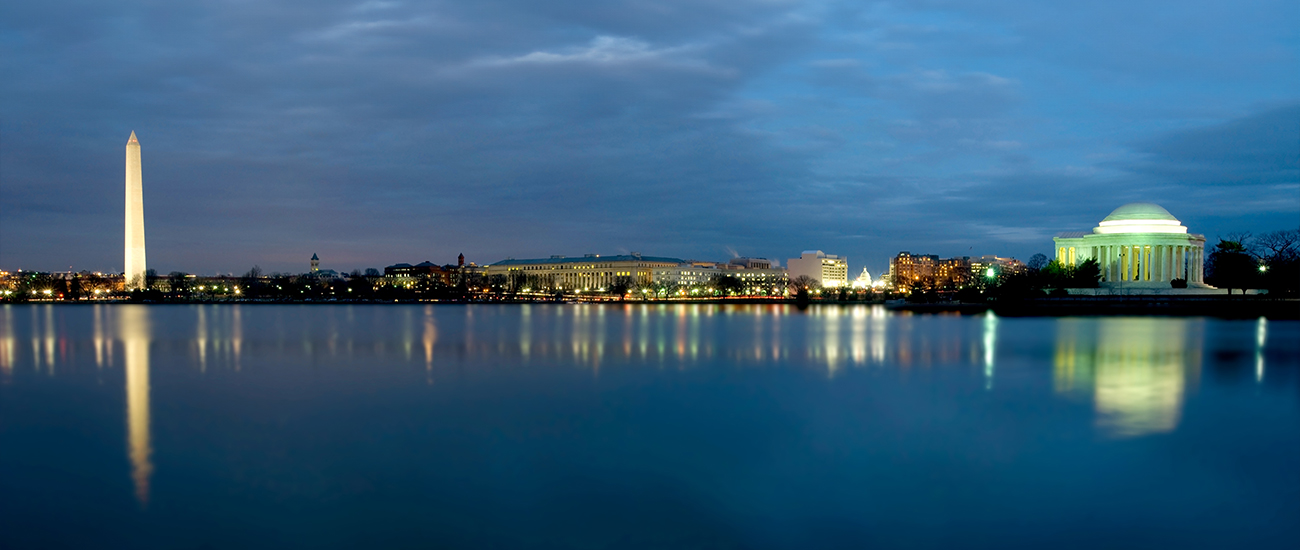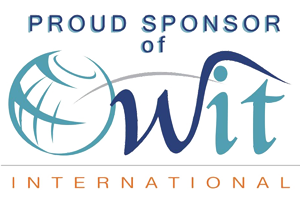- Contact Us Now: (202) 589-1834 Tap Here to Call Us
Close Coordination Between FTC and EC on Essilor and Luxottica Antitrust Reviews
On March 1, 2018, Essilor International S.A. (“Essilor”) and Luxottica Group S.p.A. (“Luxottica”) announced that the proposed combination between the two companies has been cleared by both the FTC and the EC without conditions.
Critics raised concerns about the merged company’s shutting out competitors, which would leave consumers with fewer options and less freedom of choice. For example, if the merged firm bundles together frames and lenses for sale in its Lenscrafters stores, other lens manufacturers will lose sales. Independent stores might also be left out or excluded from the markets. The concern was not just in these critics’ imagination as Luxottica has a history of shutting out its rivals. Year ago, Luxottica and Oakley had a disagreement about pricing, and Luxottica stopped Oakley’s products in their stores. Oakley’s stock price collapsed, and it was later bought by Luxottica. Critics also claimed the merger eliminated competition between the two companies and ends the possibility of future competition. Essilor had started promoting its own sunglasses and online sales, and Luxottica was beginning its own lens manufacturing. The two firms were expanding into each other’s markets and competing against each others, which would have driven down prices, improved quality, and helped consumers. Given the decisions by the FTC and EC, that competition will never occur.
According to the FTC in its statement to close its investigation of the merger, the evidence did not support a conclusion that Essilor’s proposed acquisition of Luxottica violates federal antitrust laws: “FTC staff extensively investigated every plausible theory and used aggressive assumptions to assess the likelihood of competitive harm. The investigation exhaustively examined information provided by a wide and deep swath of market participants, as well as the parties’ own documents and data. Assessing the likely competitive effects of a proposed transaction is a fact-specific exercise that takes into account the current market dynamics, which may be different in the future. Here, however, the evidence did not support a conclusion that Essilor’s proposed acquisition of Luxottica may be substantially to lessen competition in violation of Section 7 of the Clayton Act.” The FTC vote to close the investigation and issue the closing statement was 2-0.
Meanwhile, European Union Competition Commissioner Margrethe Vestager said: “Our job is to ensure that a merger won’t lead to higher prices or reduced choices. In this case for opticians and consumers in the EU. We’ve received feedback from nearly 4,000 opticians in a market test in Europe that Essilor and Luxottica would not gain market power to harm competition. As the result of the market test did not support our initial concerns we can let this merger go ahead unconditionally.” To date, the deal has been unconditionally approved in 13 other countries: Australia, Canada, Chile, Colombia, India, Japan, Mexico, Morocco, New Zealand, Russia, South Africa, South Korea and Taiwan. Essilor and Luxottica expect to finalize their proposed combination in the first part of 2018 after obtaining all necessary authorizations.
Clearly, close coordination between the FTC and EC on the closing of these investigations into this merger.
Andre Barlow
(202) 589-1838
abarlow@dbmlawgroup.com




